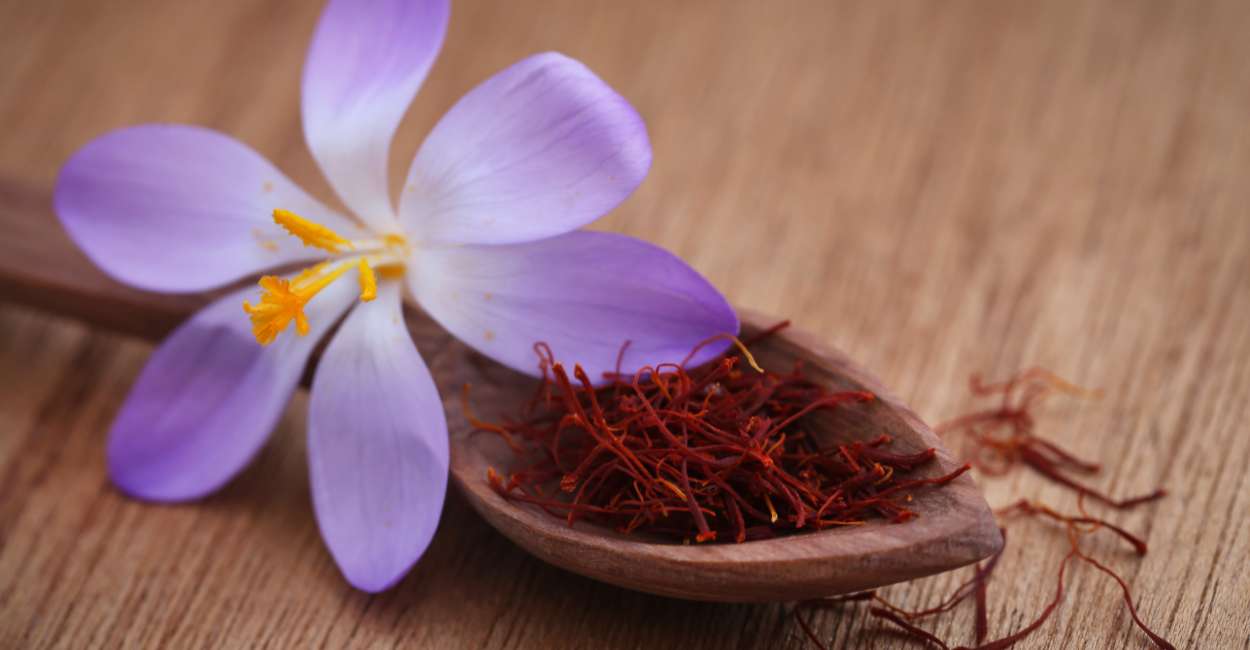
Edible flowers have been used in culinary traditions around the world for centuries, adding both visual appeal and unique flavors to dishes. When combined with spices, the culinary possibilities become even more exciting. This article explores the culinary uses of edible flowers with spices, offering a delightful fusion of taste, aroma, and aesthetics.
Selecting Edible Flowers
Before diving into culinary creations, it’s essential to select the right edible flowers. Not all flowers are safe to eat, and some may even be toxic. Here are some popular edible flowers to consider:
Nasturtiums:
These vibrant flowers come in various colors and have a peppery, slightly spicy taste that pairs well with spices like black pepper and cayenne.
Lavender:
Known for its sweet, floral aroma, lavender pairs beautifully with spices such as cinnamon and cardamom in both sweet and savory dishes.
Rose petals:
Fragrant and delicate, rose petals complement spices like saffron, ginger, and nutmeg, enhancing both appearance and flavor.
Marigolds:
With a mild citrusy flavor, marigold petals can be used with spices like turmeric and cumin to add a vibrant orange hue and a hint of tanginess to your dishes.
Chive blossoms:
These purple, onion-flavored blossoms work well with spices such as garlic, thyme, and chives themselves, creating a harmonious blend of flavors.
Spice Combinations
Once you’ve chosen your edible flowers, it’s time to experiment with spice combinations that will elevate your culinary creations. Here are some ideas:
Saffron and Rose Petals:
Combine saffron threads and rose petals in a simple syrup to infuse your desserts with a rich, aromatic flavor and a stunning golden hue.
Lavender and Cardamom:
Infuse cream or milk with dried lavender buds and cardamom pods for a fragrant base in ice creams, custards, or even coffee.
Nasturtiums and Cayenne:
Add chopped nasturtium flowers to your guacamole or salsa for a peppery kick, and sprinkle a pinch of cayenne for extra heat.
Marigolds and Turmeric:
Create a vibrant rice dish by cooking turmeric-infused rice and garnishing it with marigold petals. The combination of colors is visually striking.
Chive Blossoms and Garlic:
Combine minced chive blossoms with roasted garlic and butter for a delicious spread that can be used on bread, pasta, or grilled vegetables.
Culinary Creations
Now that you have your edible flowers and spice combinations ready, let’s explore some culinary creations:
Lavender and Cardamom Ice Cream:
Make a creamy lavender and cardamom-infused ice cream that’s both aromatic and soothing on the palate. Garnish with lavender buds for an elegant touch.
Saffron and Rose Petal Rice:
Prepare a fragrant saffron and rose petal-infused rice dish, perfect as a side for special occasions. The flavors and colors make it a showstopper.
Nasturtium and Cayenne Tacos:
Add chopped nasturtium flowers to your favorite taco filling for a unique twist. Sprinkle a pinch of cayenne for a spicy kick.
Marigold and Turmeric Soup:
Create a flavorful marigold and turmeric soup that’s not only delicious but also a feast for the eyes. Serve it with a dollop of yogurt and some fresh herbs.
Chive Blossom and Garlic Butter:
Elevate your grilled dishes by slathering them with chive blossom and garlic butter, adding depth and freshness to the flavors.
Conclusion:
Exploring the culinary uses of edible flowers with spices can be a delightful journey into the world of creative cooking. Whether you’re looking to enhance the flavor, appearance, or aroma of your dishes, combining these natural ingredients can lead to beautiful and delicious results. So, the next time you’re in the kitchen, don’t hesitate to experiment with edible flowers and spices to elevate your culinary creations to new
FAQs
Q: Are all edible flowers safe to eat with spices?
- A: No, not all flowers are safe to eat. It’s crucial to identify edible flowers correctly and ensure they are free from pesticides or chemicals. Always refer to a reliable source for guidance.
Q: Can edible flowers and spices be used in savory dishes only?
- A: No, you can use edible flowers and spices in both sweet and savory dishes. They offer a wide range of flavors and aromas that can enhance various culinary creations.
Q: Are there any flowers that pair particularly well with spicy spices?
- A: Yes, nasturtium flowers have a peppery taste and pair excellently with spices like cayenne, black pepper, and chili flakes, adding a spicy kick to your dishes.
Q: Can I use dried edible flowers in place of fresh ones?
- A: Yes, you can use dried edible flowers, but keep in mind that their flavor may be more concentrated. Adjust the quantity accordingly to avoid overwhelming your dish.
Q: Are there any safety precautions when using edible flowers with spices?
- A: Yes, always ensure that the flowers are pesticide-free and edible. Avoid using flowers from florists or garden centers unless they are specifically labeled as edible. Also, use spices sparingly to avoid overpowering the delicate flavors of the flowers.
Q: Can I preserve the flavor of edible flowers and spices for future use?
- A: Yes, you can preserve their flavors by making infused oils, syrups, or butters. These can be stored for extended periods and used as needed in your cooking.
Q: Are there any specific flowers and spices combinations considered traditional in certain cuisines?
- A: Yes, for example, rose petals with cardamom are common in Indian desserts, while lavender and thyme are often used in French cuisine. Exploring traditional pairings can lead to exciting culinary experiences.
Q: How do I know the right amount of edible flowers and spices to use in a dish?
- A: Experimentation is key. Start with small amounts and taste as you go. The intensity of flavors can vary, so adjust according to your personal preference.
Read More – What are the 10 most popular spices?
